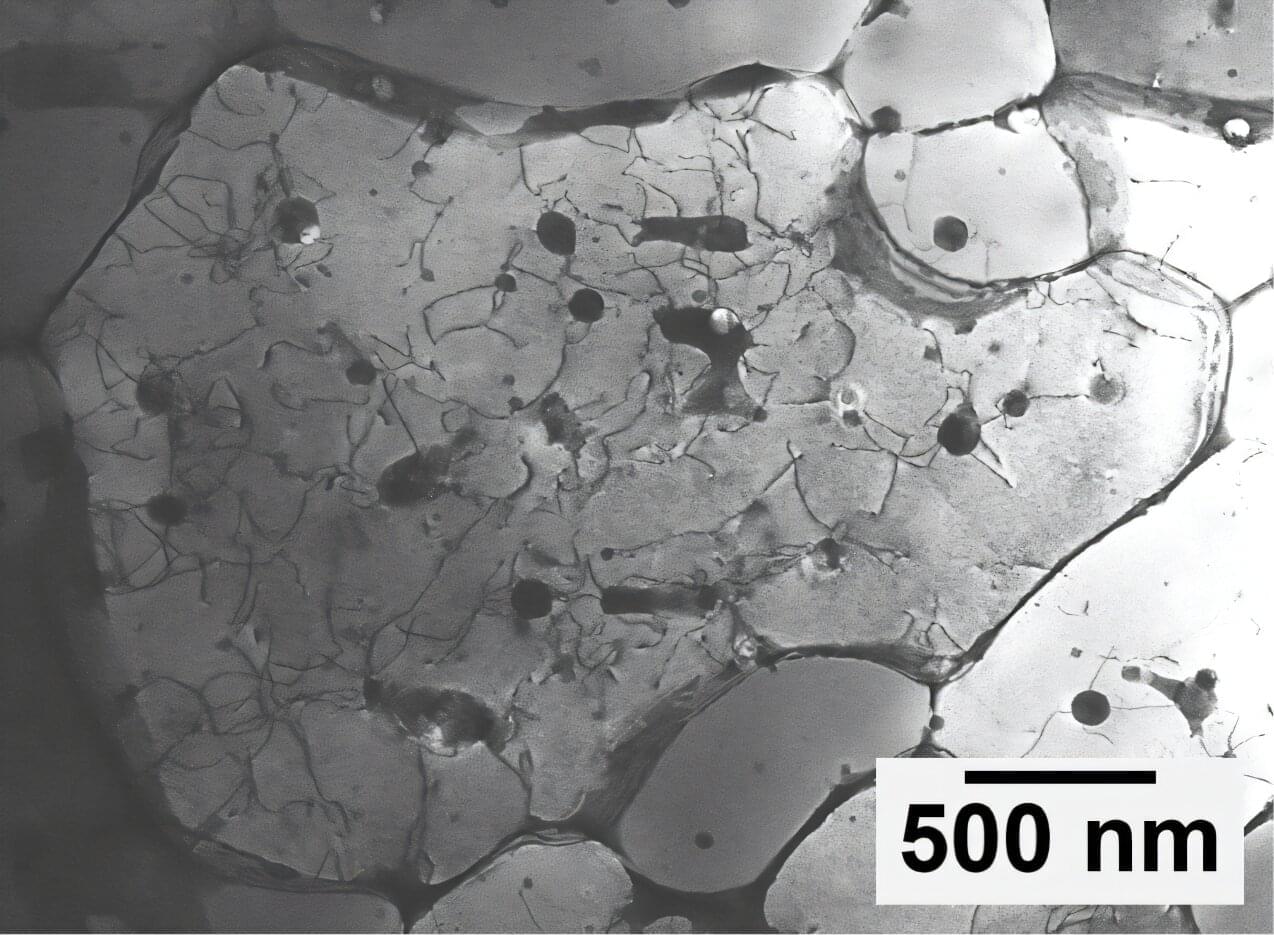The idea of living forever has fascinated humans for centuries—but what if technology could actually make it happen? With advancements in AI and neuroscience, scientists believe that digital immortality might soon be a reality. Here’s how!
Get the latest international news and world events from around the world.





Half of the universe’s hydrogen gas, long unaccounted for, has been found
Astronomers tallying up all the normal matter—stars, galaxies and gas—in the universe today have come up embarrassingly short of the total matter produced in the Big Bang 13.6 billion years ago. In fact, more than half of normal matter—half of the 15% of the universe’s matter that is not dark matter—cannot be accounted for in the glowing stars and gas we see.
New measurements, however, seem to have found this missing matter in the form of very diffuse and invisible ionized hydrogen gas, which forms a halo around galaxies and is more puffed out and extensive than astronomers thought.
The findings not only relieve a conflict between astronomical observations and the best, proven model of the evolution of the universe since the Big Bang, they also suggest that the massive black holes at the centers of galaxies are more active than previously thought, fountaining gas much farther from the galactic center than expected—about five times farther, the team found.
Space itself may have created galaxies
According to new research, the earliest seeds of structures may have been laid down by gravitational waves sloshing around in the infant universe.
Cosmologists strongly suspect that the extremely early universe underwent a period of exceptionally rapid expansion. Known as inflation, this event expanded the universe by a factor of at least 1060 in less than a second. Powering this event was a new ingredient in the cosmos known as the inflaton, a strange quantum field that ramped up, drove inflation, and then faded away.
Inflation didn’t just make the universe big. It also laid down the seeds of the first structures. It did so by taking the quantum foam, the subatomic fluctuations in spacetime itself, and expanding that along with everything else. Slowly, over time, those fluctuations grew, and hundreds of millions of years later they became the first stars and galaxies, ultimately leading to the largest structure in the universe, the cosmic web.


Water-based battery offers 2,000-cycle stability
A team of chemical and biomolecular engineers, physicists and battery specialists affiliated with several institutions in the U.S. has developed a water-based battery that offers 2,000-cycle stability. In their paper published in the journal Nature Nanotechnology, the group outlines why they believe it could help bridge the gap between aqueous batteries and non-aqueous lithium-ion batteries.
The main advantage of using aqueous batteries is their safety compared to nonaqueous, lithium-ion batteries. They cannot ignite unexpectedly, minimizing fire hazard. The reason that they are not common is their reduction potential limit of aqueous electrolytes, which has restricted their energy density. Also, the current types of electrolytes they use tend to have problems with water shuttling the interface and high impedance.
In this new study, the research team has taken a step toward resolving these problems by improving ion transport and the stability of biphasic electrolytes via lithium ionophores.

Rare crystal shape found to increase the strength of 3D-printed metal
Andrew Iams saw something strange while looking through his electron microscope. He was examining a sliver of a new aluminum alloy at the atomic scale, searching for the key to its strength, when he noticed that the atoms were arranged in an extremely unusual pattern.
“That’s when I started to get excited,” said Iams, a materials research engineer, “because I thought I might be looking at a quasicrystal.”
Not only did he find quasicrystals in this aluminum alloy, but he and his colleagues at the National Institute of Standards and Technology (NIST) found that these quasicrystals also make it stronger. They have published their findings in the Journal of Alloys and Compounds.